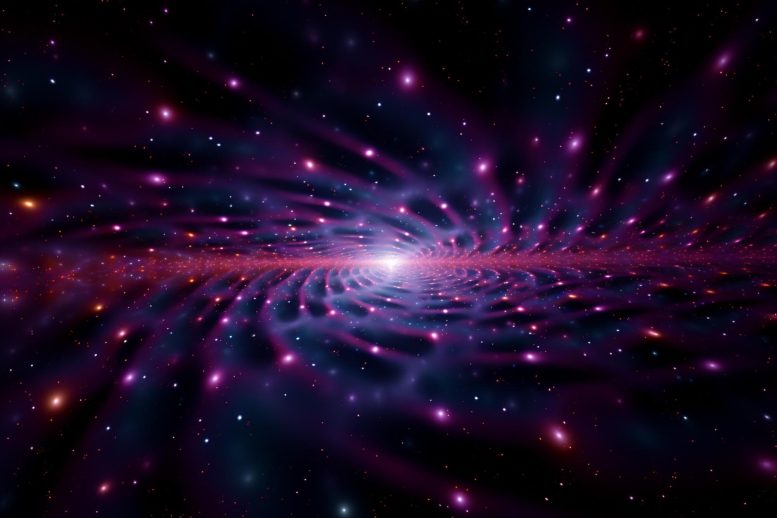
Using simulated data, astronomers have depicted the sky through gravitational waves, revealing the need for space observatories to detect binary systems. Future projects like LISA aim to uncover thousands of these hard-to-detect systems, marking a paradigm shift in space observation. (Artist’s illustration — see video below for simulation.)
Astronomers using simulated data have produced a glimpse of the sky as it would appear in gravitational waves, cosmic ripples in space-time generated by orbiting objects. The image shows how space-based gravitational wave observatories expected to launch in the next decade will enhance our understanding of our galactic home.
Since 2015, ground-based observatories have detected about a hundred events representing the mergers of systems that pair stellar-mass black holes, neutron stars, or both. The signals typically last less than a minute, have relatively high frequencies, can appear anywhere in the sky, and their sources lie far beyond our galaxy.
Watch as gravitational waves from a simulated population of compact binary systems combine into a synthetic map of the entire sky. Such systems contain white dwarfs, neutron stars, or black holes in tight orbits. Maps like this using real data will be possible once space-based gravitational wave observatories become active in the next decade. Brighter spots indicate sources with stronger signals and lighter colors indicate those with higher frequencies. Larger colored patches show sources whose positions are less well known. The inset shows the frequency and strength of the gravitational signal, as well as the sensitivity limit for LISA (Laser Interferometer Space Antenna), an observatory now being designed by ESA (European Space Agency) in collaboration with NASA for launch in the 2030s. Credit: NASA’s Goddard Space Flight Center
“Binary systems also fill the Milky Way, and we expect many of them to contain compact objects like white dwarfs, neutron stars, and black holes in tight orbits,” said Cecilia Chirenti, a researcher at the University of Maryland, College Park, and NASA’s Goddard Space Flight Center in Greenbelt, Maryland. “But we need a space observatory to ‘hear’ them because their gravitational waves hum at frequencies too low for ground-based detectors.”
Astronomers call these systems UCBs (ultra-compact binaries), and they expect that future observatories like LISA (Laser Interferometer Space Antenna), which is led by ESA (European Space Agency) in collaboration with NASA, will detect tens of thousands of them. UCBs are typically difficult to spot – they are usually faint in visible light, and astronomers currently know of only a handful with orbital periods shorter than an hour. Discovering many new UCBs is one of LISA’s main objectives.
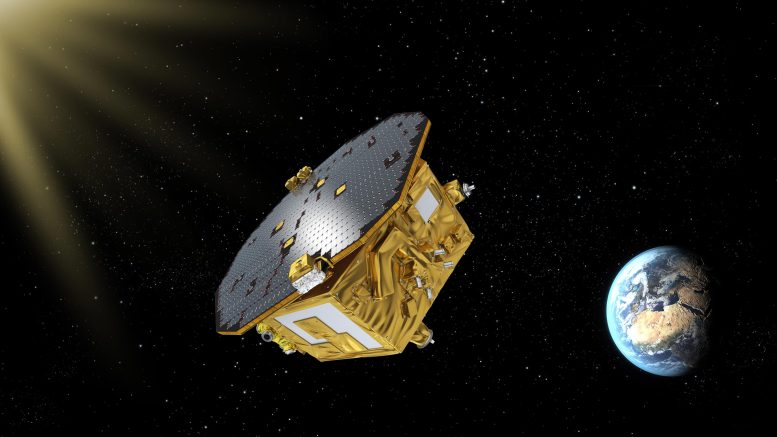
Artist’s impression of LISA Pathfinder, ESA’s mission to test technology for future gravitational-wave observatories in space. LISA is a space-based gravitational wave observatory building on the success of LISA Pathfinder and LIGO. Credit: ESA–C.Carreau
Using data simulating the expected distribution and gravitational wave signals of these systems, the team developed a way to combine the data into an all-sky view of the galaxy’s UCBs. A paper published in The Astronomical Journal describes the technique.
“Our image is directly analogous to an all-sky view of the sky in a particular type of light, such as visible, infrared, or X-rays,” said Goddard astrophysicist Ira Thorpe. “The promise of gravitational waves is that we can observe the universe in a totally different way, and this image really brings that home. I hope one day I can see a version made with real LISA data on a poster or T-shirt.”
Reference: “Imaging the Milky Way with Millihertz Gravitational Waves” by Kaitlyn Szekerczes, Scott Noble, Cecilia Chirenti and James Ira Thorpe, 15 June 2023, The Astronomical Journal.
DOI: 10.3847/1538-3881/acd3f1/meta

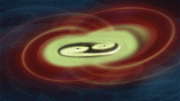

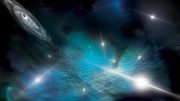
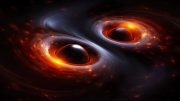
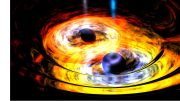
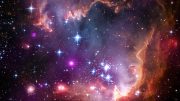
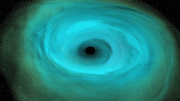
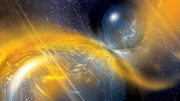
Light and sound Important for gravitational.
Sound system means positive.
My sense only.
Light number of color combinations of enargy.
A fundamental piece of the universal puzzle.